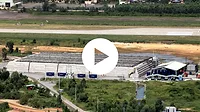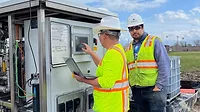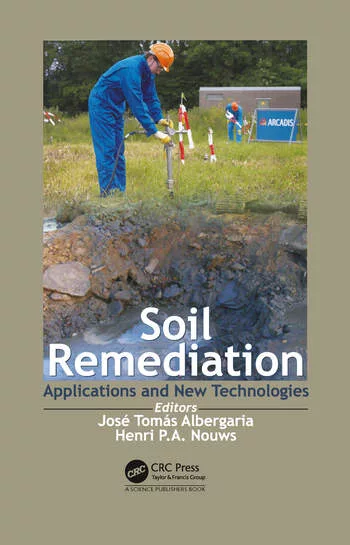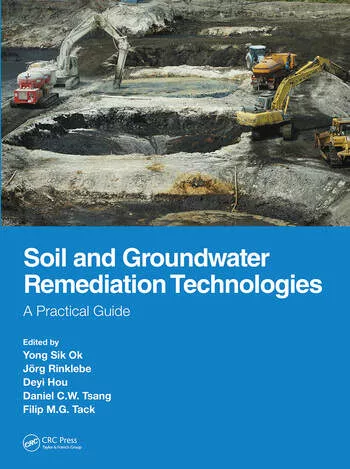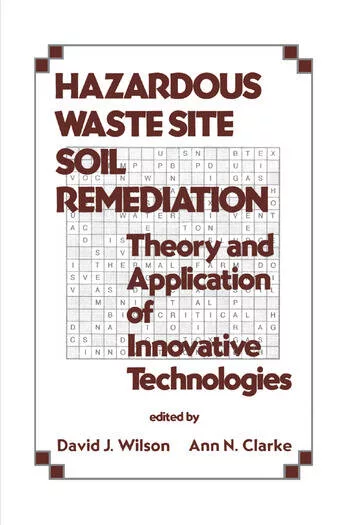Researchers to optimize grass, fertilizer selection to create the ideal soil microbes for petroleum contamination
Alaska Professor: "We urgently need to shift from dig, haul and burn, and I see phytoremediation as an important part of this needed shift."
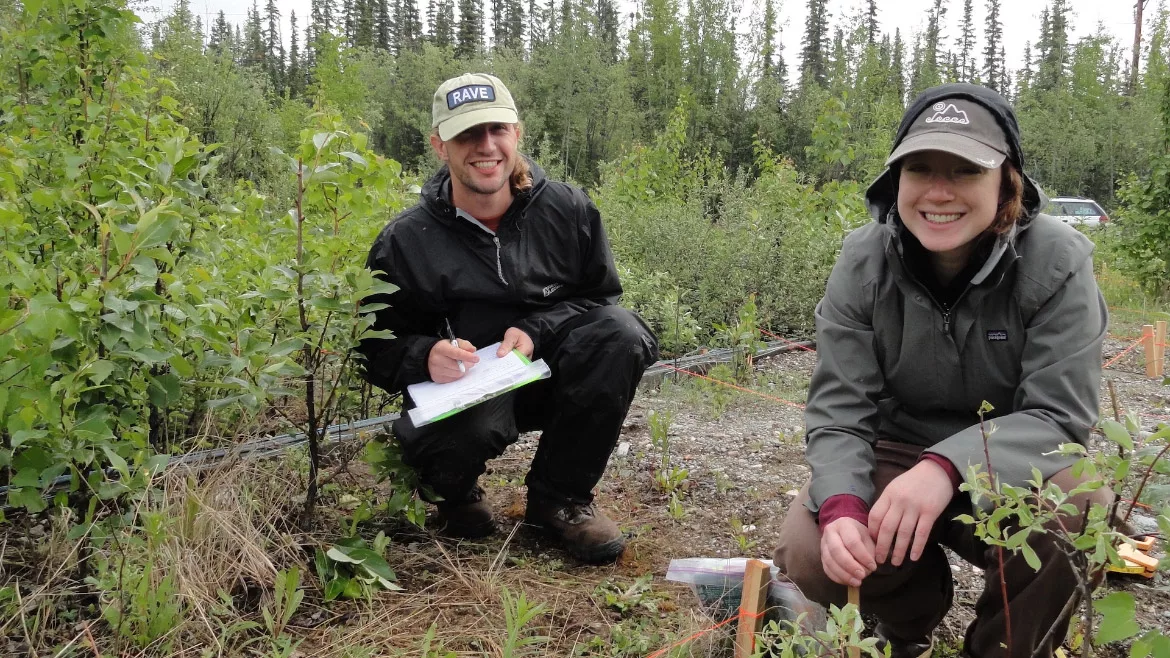
Photo courtesy of Mary-Cathrine Leewis
Initial choices about fertilization and grass seeding could have a long-lasting effect on how plants and their associated microbes break down pollution in petroleum-contaminated soils, a research team led by a University of Alaska Fairbanks professor recently reported.
Microbiology professor Mary Beth Leigh and the team found that planting grasses or adding fertilizer, or a combination of both, to a contaminated site had surprisingly persistent effects on the microbes associated with local vegetation.
The study, recently published in the journal Microbiology Spectrum, indicates that an even greater importance should be placed on initial phytoremediation strategies— the use of plants to restore environments contaminated by pollutants.
The study is based on previous U.S. Army Corps of Engineers research at a petroleum-contaminated area near Fairbanks, Alaska.
The previous research began in 1995, when scientists created test plots of petroleum-contaminated soil. On some plots, they planted grass. On others, they added fertilizer to the soil. Some plots got both grass and fertilizer and others got no treatment.
The site was no longer monitored after the initial three-year study but, in 2011, the UAF team revisited the site to examine long-term progress. By that time, the contamination could no longer be detected and native species such as white spruce, fireweed, yarrow, willow, blue grass, poplar, buffalo berry, birch and clover had replaced the originally planted grasses.
Three years later, the team took additional samples to test for microbes in each plot. Unexpectedly, the team found that the microbes varied from plot to plot depending on the initial mix of fertilizer and grass, rather than on the types of native species that had moved in.
Since microbes, rather than plants, are responsible for breaking down petroleum, these differences could improve the phytoremediation process. With further study, scientists could strategize ways to make phytoremediation more effective by using plant and fertilizer combinations that encourage petroleum-biodegrading microbes to thrive.
"The jury is out on exactly which plant and fertilizer treatments would be the most effective from the start," Leigh said. "That is one of the things we are testing in a project at another long-term monitoring site."
Crude oil and diesel pollution often threaten ecosystems in rural sub-Arctic areas, Leigh noted.
"Phytoremediation could be an important tool in the toolbox of rural communities that experience soil contamination with diesel fuel," said Leigh, who is with the UAF Institute of Arctic Biology. "Giving communities the best advice on how to mitigate contamination in an affordable way, such as by using local plants and their associated microbes, has the potential to significantly empower Alaska Native communities in remote areas whose ecosystems are threatened by petroleum pollution."
Rodney Guritz, a former student of Leigh's and the owner and principal chemist of Arctic Data Services, compiled the chemical analysis for the study.
Guritz sees the potential for practical applications of the new findings in industry.
"In light of climate change, we urgently need to shift from dig, haul and burn, and I see phytoremediation as an important part of this needed shift," he said.
The study has implications for phytoremediation strategies worldwide, according to collaborator Ondrej Uhlik, of the University of Chemistry and Technology, Prague, in the Czech Republic.
"The implications for reinvigorating previously contaminated areas for multi-use purposes are huge in the Czech Republic, and also for Alaskan communities that depend on fragile ecosystems," Uhlik said. "Moving forward, it's exciting to think about reclaiming land to allow communities to thrive and not have to abandon land or live with toxins."
More information: Jakub Papik et al, Legacy Effects of Phytoremediation on Plant-Associated Prokaryotic Communities in Remediated Subarctic Soil Historically Contaminated with Petroleum Hydrocarbons, Microbiology Spectrum (2023). DOI: 10.1128/spectrum.04448-22


